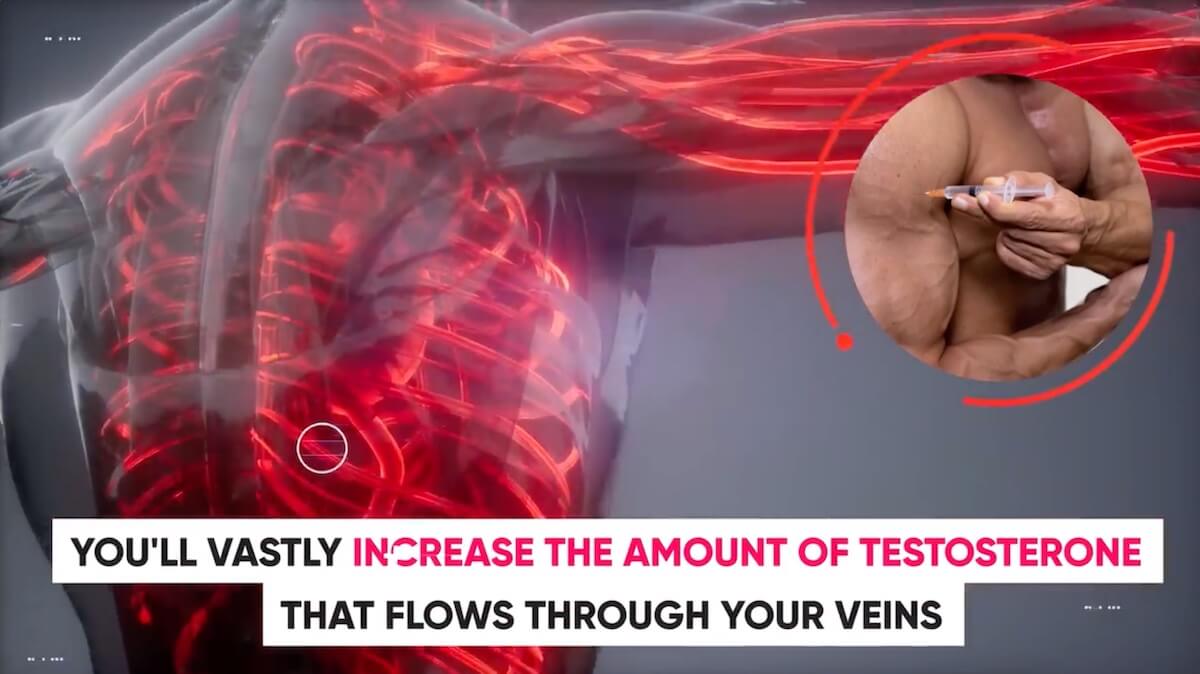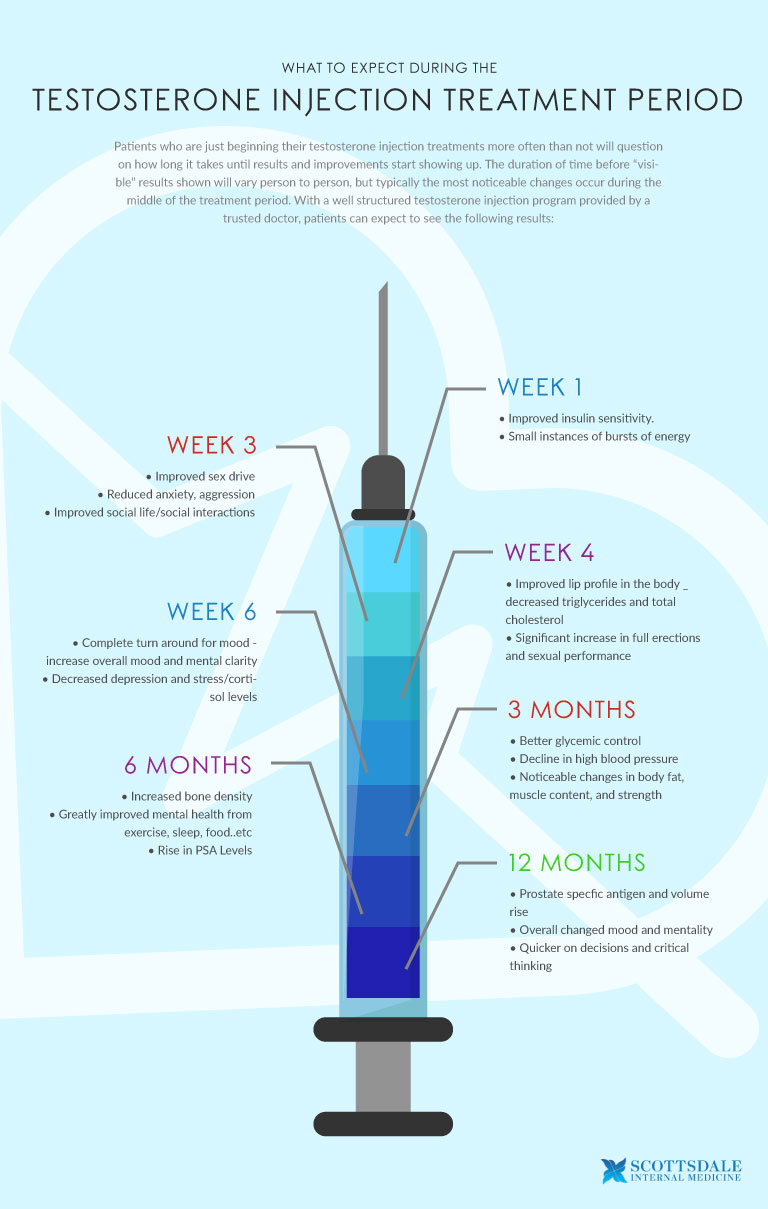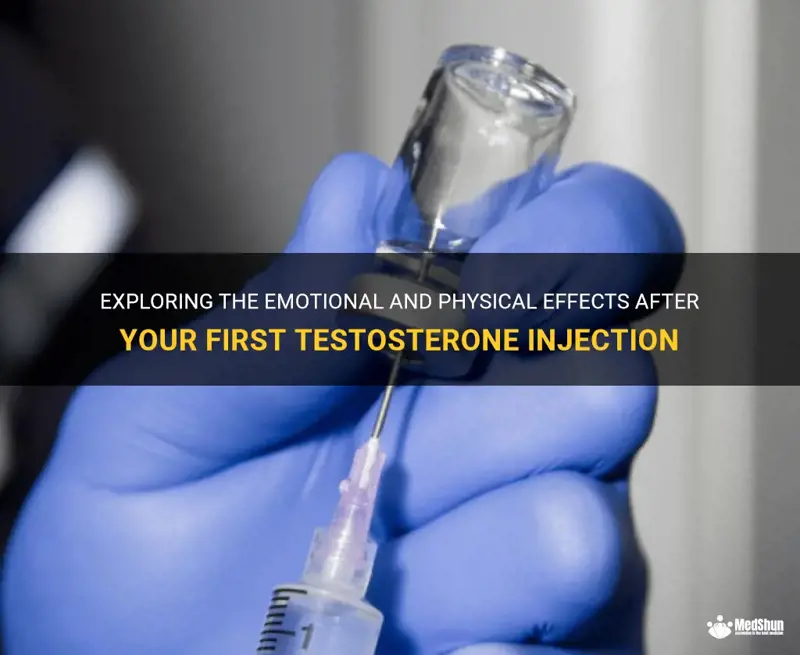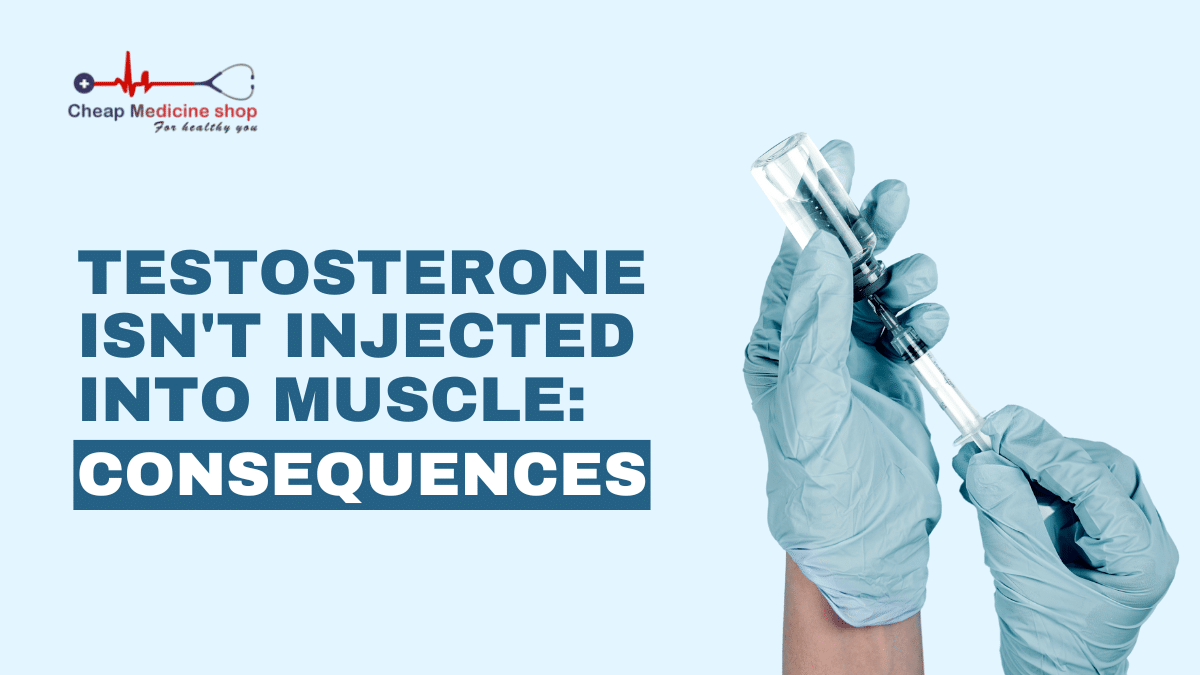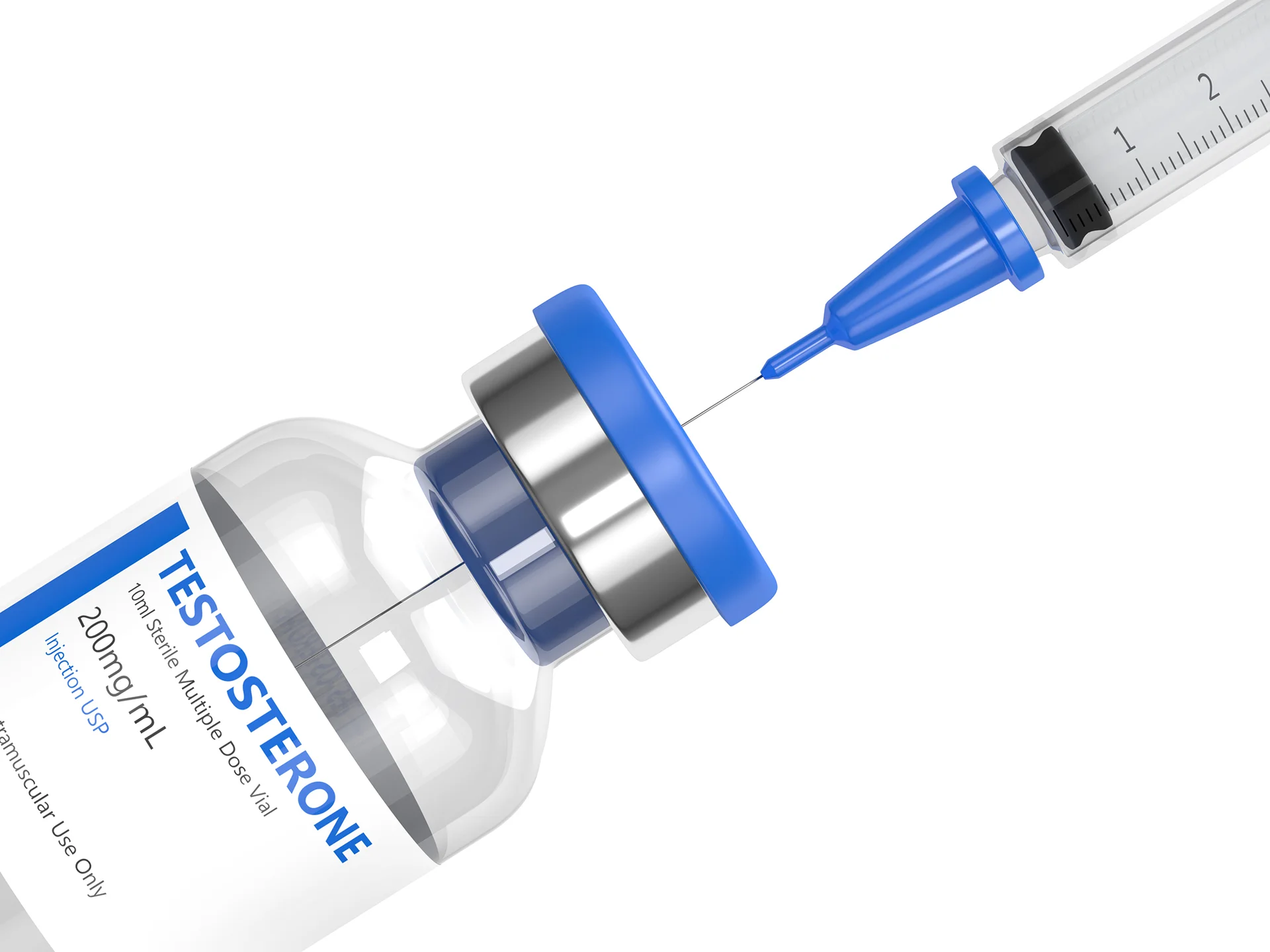What Happens If Testosterone Is Injected Into A Vein

Immediate medical attention is crucial following accidental intravenous testosterone injection. Serious and potentially life-threatening complications can arise rapidly.
This article details the dangers of injecting testosterone directly into a vein, outlining the risks, symptoms, and necessary emergency medical procedures. It provides critical information for both individuals administering testosterone and healthcare professionals responding to such incidents.
Immediate Risks and Symptoms
Injecting testosterone intravenously bypasses the intended slow-release mechanism. This results in a concentrated bolus of the hormone entering the bloodstream directly.
One of the most immediate risks is pulmonary oil microembolism (POME). This occurs because testosterone preparations are often oil-based, designed for intramuscular delivery.
When oil enters the veins, it can travel to the lungs, obstructing small blood vessels. Symptoms may include shortness of breath, chest pain, coughing, dizziness, and anxiety. According to a 2021 study in the *Journal of Clinical Endocrinology & Metabolism*, POME following intravenous injection can manifest within minutes to hours.
Other immediate symptoms can include a metallic taste in the mouth, flushing, and a feeling of impending doom. In severe cases, cardiac arrest or stroke can occur.
Why Intravenous Injection is Dangerous
Testosterone injections are formulated for intramuscular administration. Intramuscular injection allows for gradual absorption of the hormone into the bloodstream over time.
The oil-based carrier is designed to release the testosterone slowly. Injecting this directly into a vein floods the system with a concentrated dose.
This rapid increase in testosterone levels can overwhelm the body's regulatory mechanisms. It increases the risk of adverse effects on the cardiovascular and respiratory systems.
Emergency Medical Response
Anyone suspected of receiving an intravenous testosterone injection requires immediate medical attention. Call emergency services (911 in the US) immediately.
Provide as much information as possible to the emergency responders. Include details about the injected substance (if known), the estimated dosage, and the time of the injection.
In the emergency room, doctors will likely perform a physical examination and order diagnostic tests. These tests may include blood tests, chest X-rays, and possibly a CT scan to assess for pulmonary embolism.
Treatment for POME typically involves supportive care. This includes oxygen therapy, monitoring of vital signs, and potentially mechanical ventilation if respiratory distress is severe.
Long-Term Consequences
While immediate complications are the primary concern, long-term effects are also possible. Repeat or severe episodes of POME can lead to chronic lung damage.
Cardiovascular issues are also a potential long-term consequence. The sudden hormonal surge can strain the heart and increase the risk of arrhythmias.
Individuals who have experienced intravenous testosterone injection should undergo ongoing medical monitoring. This helps to detect and manage any potential long-term complications.
Who is at Risk?
Individuals self-administering testosterone are at higher risk. This is especially true if they lack proper training in injection techniques.
People obtaining testosterone from unregulated sources may also be at risk. They may not receive proper instructions or the medication may be mislabeled.
Healthcare providers administering testosterone must be vigilant. They must ensure the correct route of administration (intramuscular) is used.
Prevention is Key
Proper training in injection techniques is paramount for anyone administering testosterone. Healthcare providers should provide thorough education to patients self-administering injections.
Always use a sterile needle and syringe. Verify the medication and dosage before injecting.
Aspirate before injecting. Pull back on the plunger to check for blood, which indicates that the needle is in a blood vessel. If blood is present, remove the needle and choose a different injection site.
Ongoing Developments and Research
Research continues to refine our understanding of POME and its management. There are ongoing studies investigating optimal treatment strategies.
Healthcare organizations are working to improve patient education regarding safe testosterone administration. This includes emphasizing the dangers of intravenous injection.
The Food and Drug Administration (FDA) monitors reports of adverse events related to testosterone use. They use these data to improve product labeling and safety recommendations.
Individuals experiencing adverse effects from testosterone should report them to their healthcare provider. They should also report them to the FDA's MedWatch program.
Prompt action and careful medical management are crucial in mitigating the dangers associated with unintended intravenous testosterone injection. Never inject testosterone without proper training and always consult a healthcare professional.




